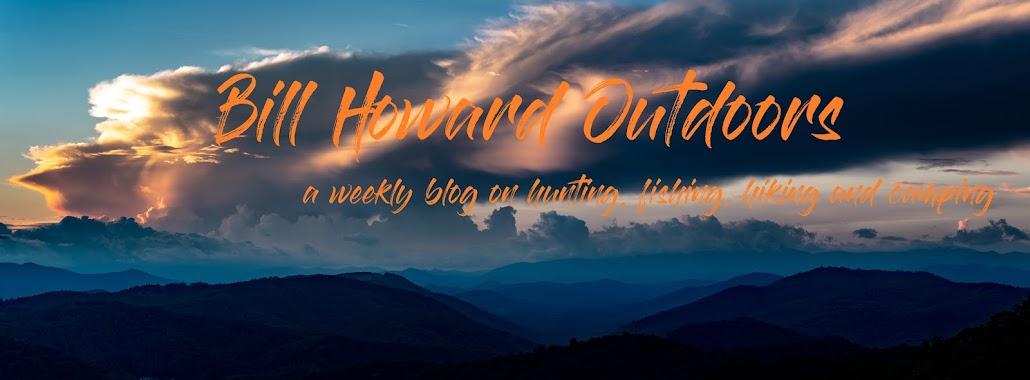There are three paranormal legends in North Carolina that have stood out in my mind since I was a child. One was the Brown's Mountain Lights. Another was the Maco Lights. The third, the Devil's Tramping Ground (also called the Devil's Stomping Ground).
The legend is there is a spot in the woods outside of Siler City where no vegetation has ever grown. Even the United State Geological Service has surveyed the land and composition and cannot determine why nothing grows there. Supposedly, the Devil makes an earthly appearance there nightly, and as he 'tramps' around, any vegetation dies.
In the late 80's, a boy scout troop was said to have camped there. When they awoke the next morning, their tent was moved to the other side of the opening-with the scouts still in it. Other strange occurences include items disappearing if left there overnight.
This last weekend, my family visited the North Carolina Zoo in Asheboro. This is an annual trip in which all of the cousins' families attend the zoo together. Usually this is the last time we see each other until Christmas. Since the spot of the Devil's Tramping Ground is not far away, I made a detour on the way home and...
We knew we were headed the right way when:

After driving a few miles on Devils Tramping Ground Road we came across this:
This is where the entrance to the path that would lead to the tramping grounds was located. A closer look at the painting on the road:
So of course, my wife, kids and mother got out of the vehicle and proceeded to search the site where the Devil is said to romp around:
We could see something ahead in the clearing. As we entered the site:
No vehicle was parked on the side of the road where you could enter the site other than ours. Yet here was an empty tent. Yes, completely empty; no sleeping bags, chairs, NOTHING. The fire in the circle was still smoldering and smoking. The tent looked as though it had been exited quickly:
I do not know who was there, but we did not hang around to meet the Devil or to see if anyone came back to get their empty tent...
Happy Halloween!
PS, this is an entirely true story. A couple of other notes about the trip to the Devil's Tramping Ground. I set the navigation to head home when we left. It took us in a circle of about 6 miles and brought us right back by the street sign marking the Devils Tramping Ground Rd. Yep, that was highly unusual. Then, while downloading the pictures from the email I sent to myself from the phone, the pictures of the path and of the actual sight did not download all the way. Only the top portions (about 25% of the picture) would download. After several attempts in downloading each did I finally get the full picture. Each of the other photos downloaded on the first try. Does this mean anything? Probably not, but it is interesting at least. At first we did not think much of the empty tent, except on further evaluation, notice how it looks as though it was exited very quickly. Yes, truth is stranger than fiction sometimes.
Bill Howard writes a weekly outdoors column for the Wilson Times and Yancey County News and the bowhunting blog site GiveEmTheShaft.com. He is a Hunter Education and International Bowhunter Education instructor, lifetime member of the North Carolina Bowhunters Association, Bowhunter Certification Referral Service Chairman, member and official measurer of Pope and Young, and a regular contributor to North Carolina Bowhunter Magazine.






















